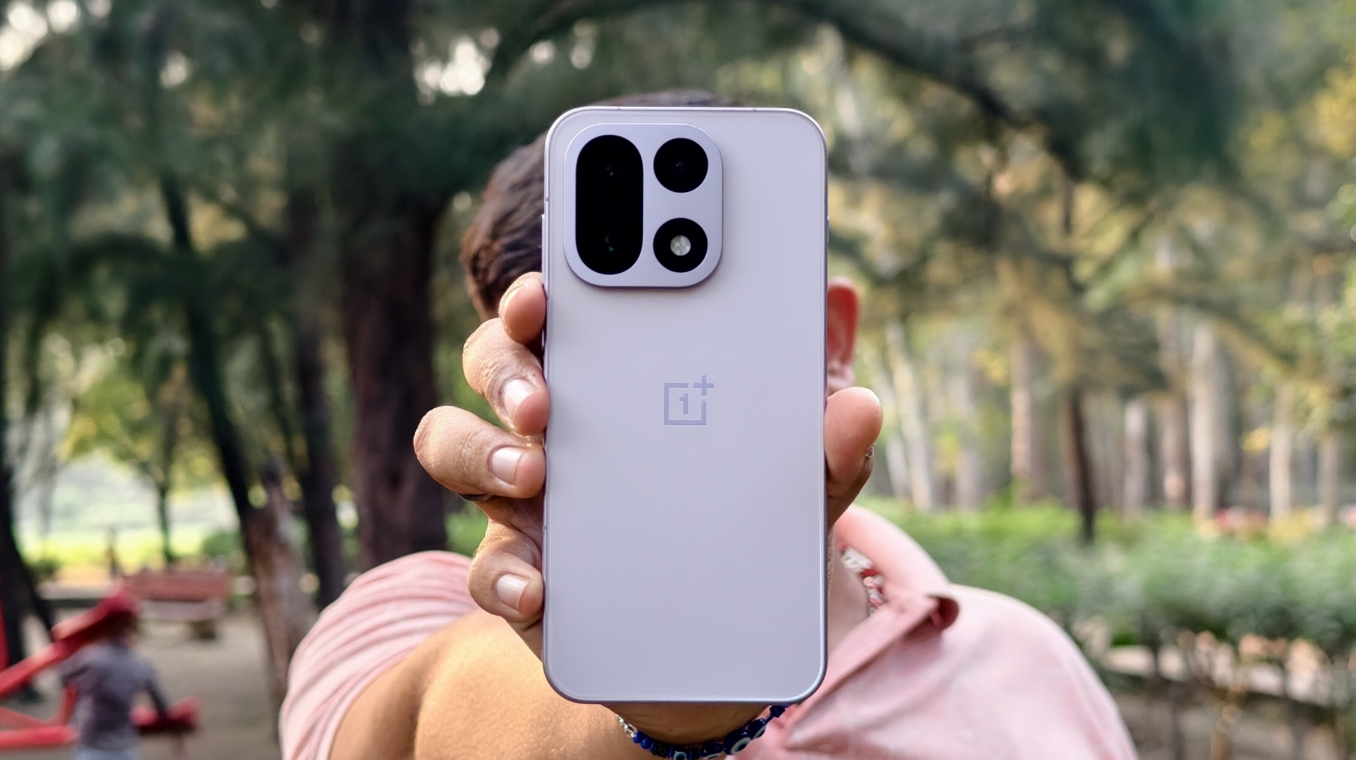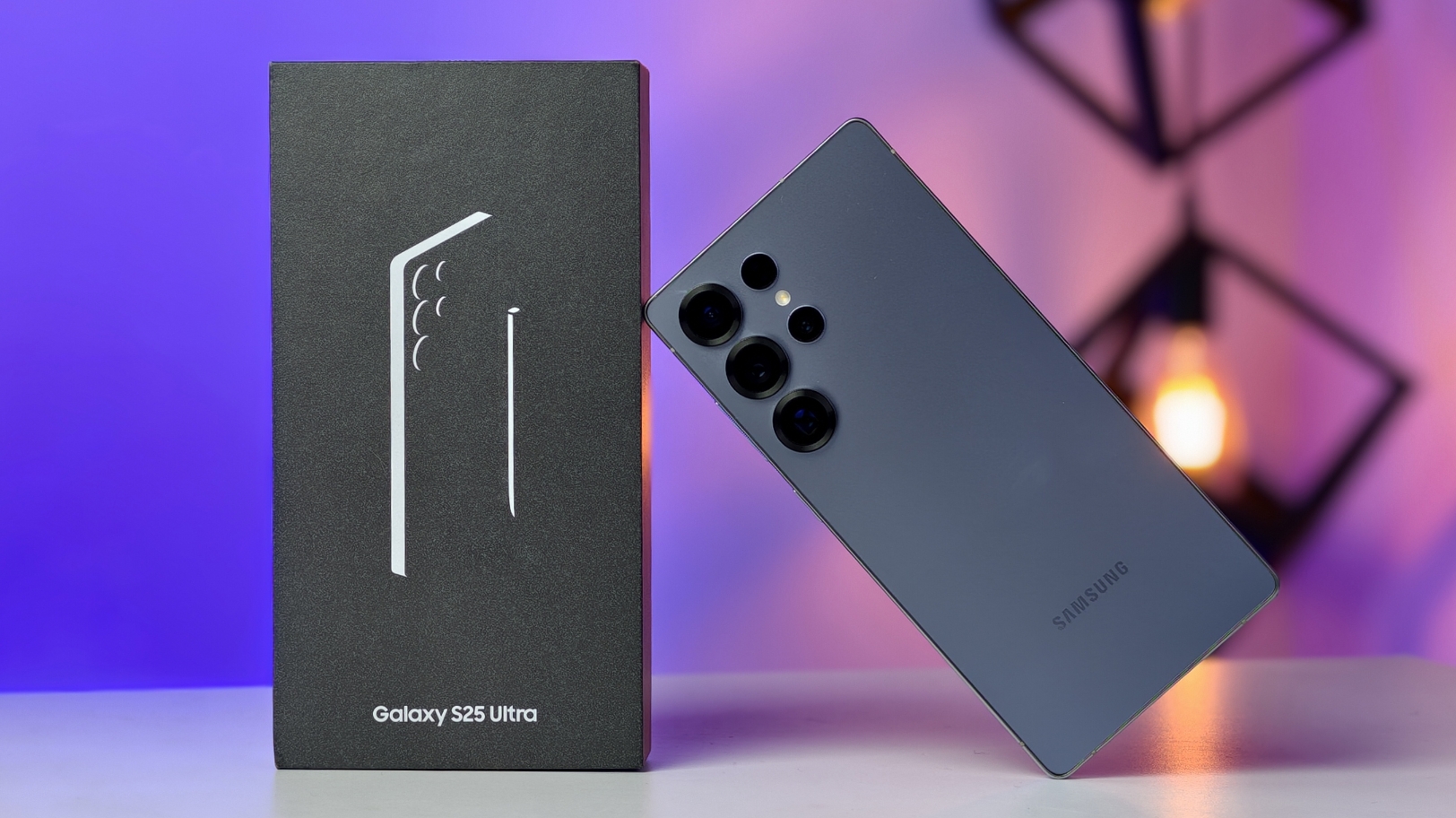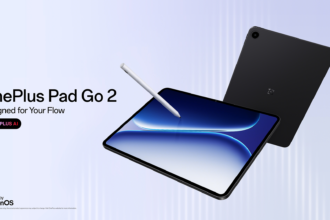The buzz around the next iPhone is already reaching fever pitch, and the latest whispers suggest Apple might be pushing the boundaries of display technology further than ever before. Imagine holding an iPhone with a screen that stretches and expands, offering an immersive experience unlike anything you’ve seen. Sounds incredible, right? But hold on to your hats (and your phones!), because this potential leap in screen size might come with a significant downside: a fragility that could make you handle your device with the anxiety of carrying a newborn baby.
Sources within the tech industry, citing patent filings and supply chain rumblings, hint at Apple exploring designs that could feature some form of an “extended” display. This doesn’t necessarily mean a foldable phone in the traditional sense, although that possibility isn’t entirely off the table. Instead, think along the lines of a display that could perhaps unroll slightly, or utilize a novel material that allows for a larger viewing area when needed, without a harsh crease.
One particularly interesting patent application unearthed recently describes a mechanism where the iPhone’s screen could subtly slide or extend from the main body, revealing additional display real estate. This could be triggered by specific apps or user gestures, offering a larger canvas for tasks like watching videos, Browse the web, or even enhanced multitasking. Imagine watching your favorite movie on a screen that suddenly feels more like a mini-tablet, all while retaining the pocketability of a standard smartphone. The sheer potential for enhanced user experience is tantalizing.
However, this ambition for a bigger, more versatile screen inevitably raises concerns about durability. We all know the gut-wrenching feeling of dropping our beloved iPhones, the silent prayer as it tumbles towards the unforgiving ground. Now, picture that scenario with a display that’s not just a single pane of strengthened glass, but potentially a more complex, possibly thinner, and perhaps even flexible material. The chances of catastrophic damage upon impact could skyrocket.
Think about the engineering challenges involved. A display that moves or extends would likely have more intricate internal components, increasing the number of potential failure points. The material itself, while allowing for flexibility or extension, might be inherently more susceptible to scratches, dents, or, worst of all, cracks that render a significant portion of the screen unusable.
Consider the current cost of repairing an iPhone screen. Even a standard cracked display can set you back hundreds of dollars. Now, imagine the repair bill for a more complex, extended display. It’s enough to make your wallet weep. This potential fragility could significantly impact the overall cost of ownership and might make users think twice before upgrading, no matter how captivating the larger screen might be.
Apple has consistently focused on the robustness of its devices. The Ceramic Shield front cover on the current iPhone 15 lineup is a testament to this commitment. So, if they are indeed exploring extended display technology, you can bet they are also working tirelessly on solutions to mitigate the fragility risks. This could involve new, more resilient materials, innovative hinge or sliding mechanisms designed for maximum durability, and perhaps even advanced drop detection systems that could retract or protect the extended portion of the screen in the event of a fall.
However, the fundamental laws of physics still apply. A larger, more complex screen with moving parts inherently presents a greater surface area and more intricate mechanics that could be vulnerable to damage. It’s a delicate balancing act between pushing the boundaries of innovation and ensuring a product that can withstand the rigors of daily use.
For everyday users, the prospect of an extended display is undoubtedly exciting. Imagine the possibilities for gaming, creative work on the go, or simply enjoying media with a more immersive feel. But this excitement might be tempered by the constant worry of accidentally damaging such a delicate and likely expensive piece of technology. Would you be willing to trade a slightly larger screen for the constant anxiety of potentially shattering your brand-new iPhone with a single clumsy moment?
This potential trade-off highlights a crucial aspect of smartphone design: the balance between cutting-edge features and real-world usability and durability. While the allure of an extended display is strong, Apple will need to convince consumers that this new technology isn’t just a beautiful but fragile novelty. They will need to demonstrate that they have engineered a solution that can withstand the bumps and scrapes of everyday life.
As we eagerly await official announcements from Apple, the possibility of an iPhone with an extended display serves as a reminder of the constant evolution in the smartphone world. It also highlights the inherent risks and rewards of pushing technological boundaries. While the idea of a bigger screen is certainly appealing, the fear of a shattered dream might just be the deciding factor for many when considering their next iPhone purchase. Only time will tell if Apple can successfully navigate this delicate balance and deliver an extended display that is both revolutionary and resilient. For now, handle your current iPhone with extra care – you might appreciate its solid build more than ever before.



















